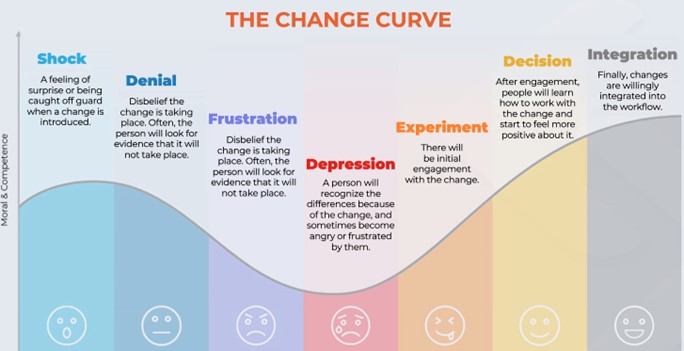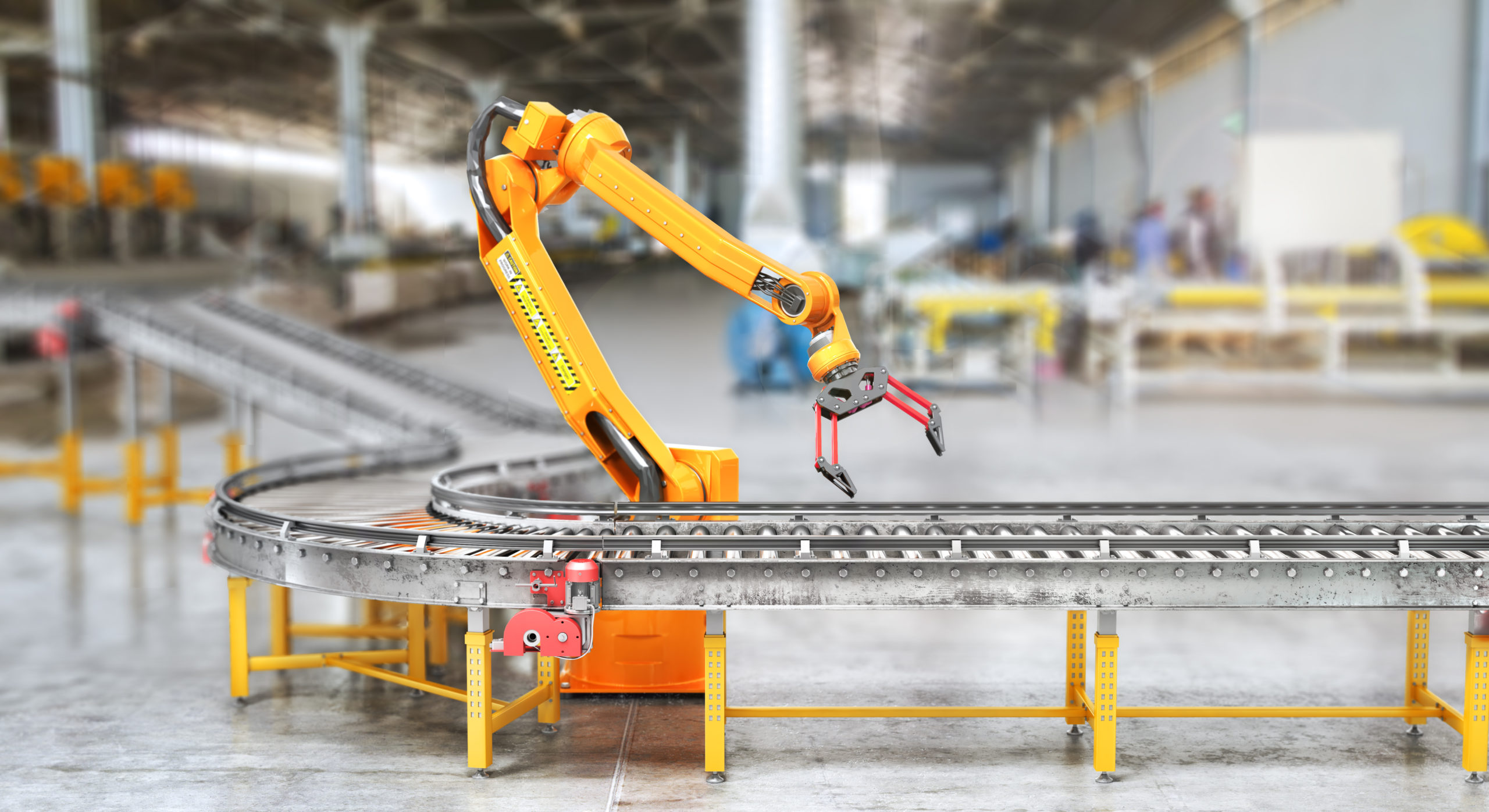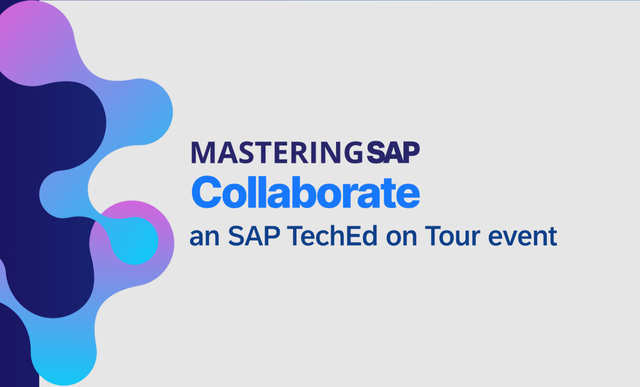Overcoming upgrade challenges for EAMs: User Adoption
Meet the Authors
Key Takeaways
⇨ User adoption is critical for the successful upgrade from paper-based systems to mobile solutions in SAP EAM or PM environments; without it, technology investments may fail.
⇨ Organizations can enhance user adoption by engaging users early in the process, demonstrating personal ROI, and implementing incentive programs to encourage and reward adoption.
⇨ The user adoption journey involves a change curve that organizations can help compress by focusing on user feedback, showcasing the benefits of new technology, and promoting early adoption through awareness and rewards.
A “Perfect Plant” is any manufacturer’s dream, and technology helps them work towards accomplishing this goal. Still, some practical barriers prevent organizations from achieving their aspirations.
In the first of this three-part series, we look at the role of user adoption in helping companies move from a paper-based SAP Plant Maintenance (PM) or enterprise asset management (EAM) environment to a mobile maintenance unit.
The challenge
Explore related questions
Many businesses overlook a key aspect when upgrading their SAP EAM or PM technologies: Will the employees working on these systems adopt mobility?
During an SAP insider webinar on how organizations can overcome legacy plant maintenance systems, Robert Hancock, Global Vice President of Sales at Sigga, explained this issue with an example. Hancock and his team were visiting a shingle factory in rural North Carolina, and the new upgrades that the company had introduced for its SAP EAM and PM systems were also a part of this factory. However, technicians at the plant still used a paper-based system even though headquarters had provided mobile devices like iPads. So, where was the gap?
“The gap was in training these users on the new system leading to low user adoption,” Hancock explained to drive home the point that a system upgrade and deployment is only as successful as its user adoption.
User adoption itself has a change curve, a rollercoaster of practical and emotional decisions leading to successfully integrating a system. This curve has seven stages:

How organizations can compress the curve
While the users will go through the seven stages listed above, organizations can work towards compressing the first few stages to ensure high integration with mobile solutions:
Early user engagement: This step could include meeting with potential users of the upgraded solution early in the process, even before the organization chooses vendors or looks at technology, to gather feedback and give the users a say. It also helps to get their feedback every step of the way while implementing the solution.
Personal ROI matrix: Organizations can help compress the adoption curve by showing individual benefits to users. According to Hancock, this simply means that organizations can help users understand the value that will be derived from the new technology in their working lives, such as decreasing overtime or time off the factory floor if they are working in a clean environment.
Incentive programs: At this step, organizations can reward adoption and champions. One way to help them successfully use the technology is to give teams branded swag when the system goes live or when they achieve their first adoption checkpoint. Another way is to offer opportunities to earn bonuses or prizes for speedy adoption.
Socializing solutions: Once the new technology begins to roll out, socialize all the above solutions by making users aware of the rewards of adopting it early in the process.
In the second part of this series, we will study how a lowest common denominator approach can derail organizations’ best-laid plans for upgrading their SAP EAM with mobile solutions and how they can overcome this hurdle.






